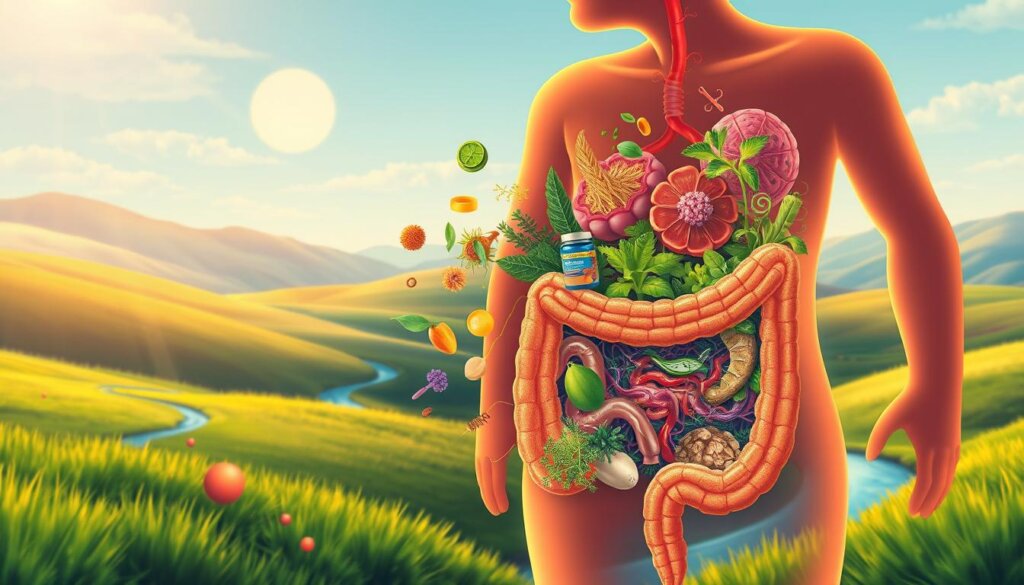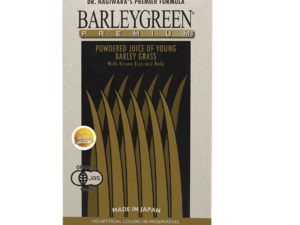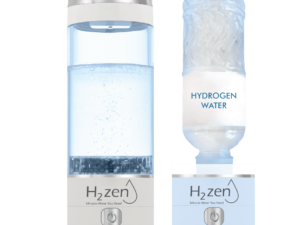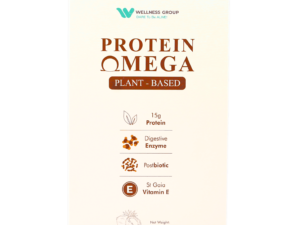Imagine three teammates working together in your body – one feeds the others, another produces vital tools, and the third protects the whole team. This isn’t a sci-fi scenario. It’s how your gut ecosystem operates daily through microscopic helpers you’ve probably heard about but might not fully understand.
While these microbial partners share similar names, their roles couldn’t be more distinct. Live microorganisms act as frontline workers, specialized fibers serve as fuel sources, and bioactive compounds emerge as powerful byproducts. Together, they form a biological triad supporting everything from nutrient absorption to mood regulation.
Recent studies reveal their impact stretches far beyond digestion. Researchers have documented connections between these substances and improved sleep patterns, better stress responses, and even enhanced metabolic functions. Yet most people still lump them together under vague terms like “gut supplements.”
Key Takeaways
- Three distinct categories work together to support digestive and overall wellness
- Live microbes require specific fuels to produce health-boosting substances
- Benefits extend to immune support, mental clarity, and metabolic balance
- Each type functions differently in the body’s complex ecosystem
- Proper combination enhances effectiveness for specific health goals
Introduction to the World of Biotics
Deep within your digestive system lies a bustling metropolis of microscopic life forms working tirelessly to keep you healthy. These tiny residents form what scientists call biotics – a term rooted in the Greek word for “life.” Like skilled city planners, they maintain balance in ways that impact everything from nutrient processing to mood stability.
Understanding What Makes Biotics Essential
Your gut houses both helpful and harmful microbes in a delicate dance. Biotics act as referees in this microbial matchup, creating conditions where beneficial bacteria thrive. Studies show these microscopic allies produce compounds that support immune defenses and help break down food efficiently.
The Role of Gut Microbiome in Health
Think of your gut microbiome as a personalized ecosystem. When balanced, it aids digestion and helps block harmful pathogens. Researchers now link its condition to unexpected areas like sleep quality and stress responses. Maintaining this inner world requires proper fuel – the right foods and habits that let good microbes flourish.
Modern lifestyles often disrupt this balance. Processed foods, stress, and antibiotics can reduce microbial diversity. But strategic choices – like eating fiber-rich meals – help sustain this hidden network. As science uncovers more connections, nurturing your microbiome becomes key to holistic wellness.
What Are Probiotics?
Your gut hosts millions of tiny allies working behind the scenes. These live helpers belong to a special class recognized by global health experts. According to leading researchers, they must survive stomach acids to reach their destination alive and active.
Nature's Microscopic Workforce
Scientists define these organisms as “live microorganisms that provide health advantages when consumed properly”. Their effectiveness depends on two factors: surviving digestion and arriving in sufficient numbers. Think of them as temporary residents that reinforce your body’s natural defenses.
Specialized Teams With Unique Skills
Different microbial squads handle specific tasks. Lactobacillus acidophilus aids lactose digestion, while Bifidobacterium longum strengthens gut barriers. A comparison shows their diverse roles:
| Strain | Primary Function | Common Source |
|---|---|---|
| L. rhamnosus | Immune support | Yogurt |
| B. infantis | Infant digestion | Breast milk |
| S. thermophilus | Nutrient absorption | Fermented cheese |
Storage conditions dramatically affect their potency. Heat-sensitive varieties often require refrigeration, while shelf-stable options use protective capsules. Always check expiration dates – inactive microbes won’t deliver results.
Choosing the right strain matters more than quantity. For example, Lactobacillus reuteri supports oral health, whereas Saccharomyces cerevisiae helps maintain microbial balance. Matching specific varieties to personal needs creates targeted solutions for digestive harmony.
What Are Prebiotics?
Hidden in everyday meals are special compounds that fuel your body’s microscopic helpers. These non-digestible fibers act like premium fertilizer for your internal ecosystem, creating ideal conditions for microbial prosperity. Unlike living organisms, they work through clever chemistry to boost your body’s natural balance.
How Prebiotics Feed Beneficial Bacteria
Scientists define these compounds as
“a substrate selectively utilized by host microorganisms conferring health benefits”
. Their secret lies in resisting digestion until reaching the colon, where they become targeted nutrition for specific microbial strains.
This selective feeding process gives helpful microbes an edge over harmful ones. As these favored bacteria break down the fibers, they produce valuable substances like butyrate – a short-chain fatty acid that strengthens intestinal walls. Research links this process to improved calcium absorption and better blood sugar management.
Common kitchen staples serve as excellent sources. Onions and garlic contain inulin, while bananas offer resistant starch. Whole grains like oats and barley provide beta-glucan, making it easy to incorporate these nutrients into Malaysian favorites like nasi lemak or roti canai.
For optimal results, pair these fiber-rich foods with fermented items. This combination creates a self-sustaining cycle where fed microbes produce compounds that further support gut health. Regular consumption helps maintain microbial diversity, crucial for handling spicy dishes and rich flavors common in local cuisine.
What Are Postbiotics?
Your body’s microbial community leaves behind powerful gifts during its digestive processes. These bioactive compounds form when beneficial microbes break down fibers, creating substances that actively support wellness. Scientists define them as:
“Non-living microbial products that deliver measurable health benefits”

Formation Through Microbial Activity
When gut bacteria feast on dietary fibers, they generate valuable byproducts. This natural fermentation process produces:
- Short-chain fatty acids that energize colon cells
- Vitamins like B12 and K2
- Enzymes aiding nutrient absorption
These substances work even after the original microbes complete their life cycle. Their stability makes them reliable contributors to gut balance.
Physiological Benefits of Postbiotics
Research highlights three key advantages:
- Gut lining reinforcement: Strengthens intestinal walls to prevent permeability issues
- Immune modulation: Helps regulate defense responses without overreactions
- Oxidative stress reduction: Neutralizes free radicals linked to cellular damage
Studies suggest these compounds might offer more consistent effects than live cultures. Their non-living nature eliminates survival concerns through digestive acids, making them practical for diverse dietary needs.
probiotics prebiotics postbiotics what's the difference
Your digestive system operates like a three-stage biological assembly line. First come specialized fibers that resist digestion. Next, live microbes transform these materials. Finally, valuable byproducts emerge to support overall wellness.
Stage 1: Non-digestible compounds – think onion fibers or banana starch – journey intact to the colon. These act as premium fuel for specific microbial strains. Without them, beneficial bacteria struggle to establish colonies.
Stage 2: Active microorganisms break down these fibers through fermentation. Only living cultures perform this conversion, creating substances that strengthen intestinal barriers and regulate immune responses.
Stage 3: The process yields stable compounds like butyrate and vitamins. These residual elements continue supporting gut balance long after initial digestion concludes.
Key distinctions emerge through their biological roles:
- Live cultures act as temporary residents needing constant replenishment
- Fiber sources serve as targeted nutrition for microbial growth
- Metabolic byproducts provide lasting cellular support post-fermentation
This interconnected system explains why focusing solely on one component creates gaps. Fermented foods introduce workers, fibrous meals supply their fuel, and bioactive results sustain the environment. Together, they form a self-reinforcing cycle crucial for digestive resilience.
Health Benefits Across the Biotics Spectrum
A thriving gut ecosystem acts like a biological shield, protecting multiple aspects of wellness through interconnected mechanisms. This natural defense system works through three distinct yet collaborative components, each contributing unique advantages.

Supporting Digestive Health
Live cultures help maintain intestinal balance by crowding out harmful pathogens. Studies show they can reduce bowel irregularity by 25% in adults with sensitive digestion. Specialized fibers feed these beneficial microbes, creating compounds that strengthen gut lining integrity.
Key digestive advantages include:
- Improved mineral absorption from foods
- Enhanced breakdown of complex carbohydrates
- Reduced bloating and abdominal discomfort
Enhancing Immune Function
Nearly 70% of immune cells reside in gut-associated lymphoid tissue. Bioactive byproducts from microbial activity train these defenses to distinguish friend from foe. Regular consumption helps lower infection risks while maintaining balanced inflammatory responses.
| Biotic Type | Digestive Benefits | Immune Benefits |
|---|---|---|
| Live Cultures | Reduce diarrhea duration | Lower respiratory infection rates |
| Specialized Fibers | Improve calcium absorption | Support antibody production |
| Metabolic Byproducts | Strengthen gut barrier | Modulate immune cell activity |
Emerging research connects this biological trio to unexpected benefits like improved stress resilience and better vitamin synthesis. For those considering daily intake of live cultures, pairing them with fiber-rich foods maximizes their protective effects.
Practical Examples and Dietary Sources
Malaysia’s vibrant food culture offers delicious ways to nourish your inner ecosystem. From breakfast teh tarik to spicy dinner curries, everyday meals can support microbial harmony when chosen wisely.
Fermented Foods and Natural Prebiotics
Local favorites like yogurt drinks and pickled vegetables provide live cultures. Kimchi and tempeh (fermented soybeans) add zesty flavors while introducing beneficial microbes. For traditional options, consider fermented foods and fiber-rich meals like banana leaf-wrapped rice.
Prebiotic sources hide in common ingredients. Garlic-laden sambal and onion-topped roti canai feed good bacteria. Jackfruit and young bananas offer resistant starch – perfect for smoothies or cendol toppings.
Pairing these items creates synergy. Try yogurt with sliced bananas, or stir-fried garlic mushrooms with tempeh. For busy schedules, targeted supplementation bridges nutritional gaps without sacrificing flavor.
Remember: Diversity matters. Rotate between fermented items and fiber-packed produce to maintain microbial balance. Your gut thrives on variety as much as your taste buds do.
FAQ
How do probiotics differ from prebiotics and postbiotics?
Probiotics are live microorganisms like *Lactobacillus* found in yogurt or supplements. Prebiotics, such as inulin in garlic, act as food for these microbes. Postbiotics, including short-chain fatty acids, are bioactive compounds produced when beneficial bacteria break down fibers.
Can these biotics improve digestive health?
Yes. Strains like *Bifidobacterium* in kefir or kimchi support gut balance. Prebiotic fibers from oats or apples fuel their growth. Postbiotics like butyrate strengthen the intestinal lining, reducing inflammation and aiding digestion.
What foods naturally contain these components?
Fermented items like sauerkraut, kombucha, and miso offer live cultures. Chicory root, bananas, and flaxseeds provide prebiotic fibers. Postbiotics form during fermentation in foods like tempeh or sourdough bread.
Are there risks to taking probiotic supplements?
Most people tolerate brands like Culturelle or Renew Life well. However, those with weakened immune systems should consult a doctor. Overconsumption might cause temporary bloating or gas in sensitive individuals.
Do postbiotics offer unique advantages?
Absolutely. Compounds like exopolysaccharides in kefir have immune-boosting properties. They don’t require live microbes, making them stable in products like Certainty Fiber Gummies for long-term gut support.
Should someone take all three for optimal health?
A balanced diet with Greek yogurt (probiotic), asparagus (prebiotic), and aged cheeses (postbiotic) often suffices. Supplements like Align Prebiotic + Probiotic can help those with dietary gaps or specific conditions like IBS.
How do these biotics affect immune function?
Strains in Activia yogurt stimulate antibody production. Prebiotics from Jerusalem artichokes enhance microbial diversity, while postbiotics like propionate regulate immune responses, reducing allergy risks.
Can synbiotics replace separate supplements?
Products like Garden of Life Raw Synbiotic combine strains and fibers for convenience. They’re efficient but may lack personalized dosing. Always check labels for CFU counts and fiber sources like acacia gum.
Do prebiotics cause digestive discomfort?
High intake of foods like raw dandelion greens or supplements may trigger bloating. Gradually increasing fiber intake and staying hydrated helps minimize issues. Opt for partially hydrolyzed guar gum for easier digestion.






